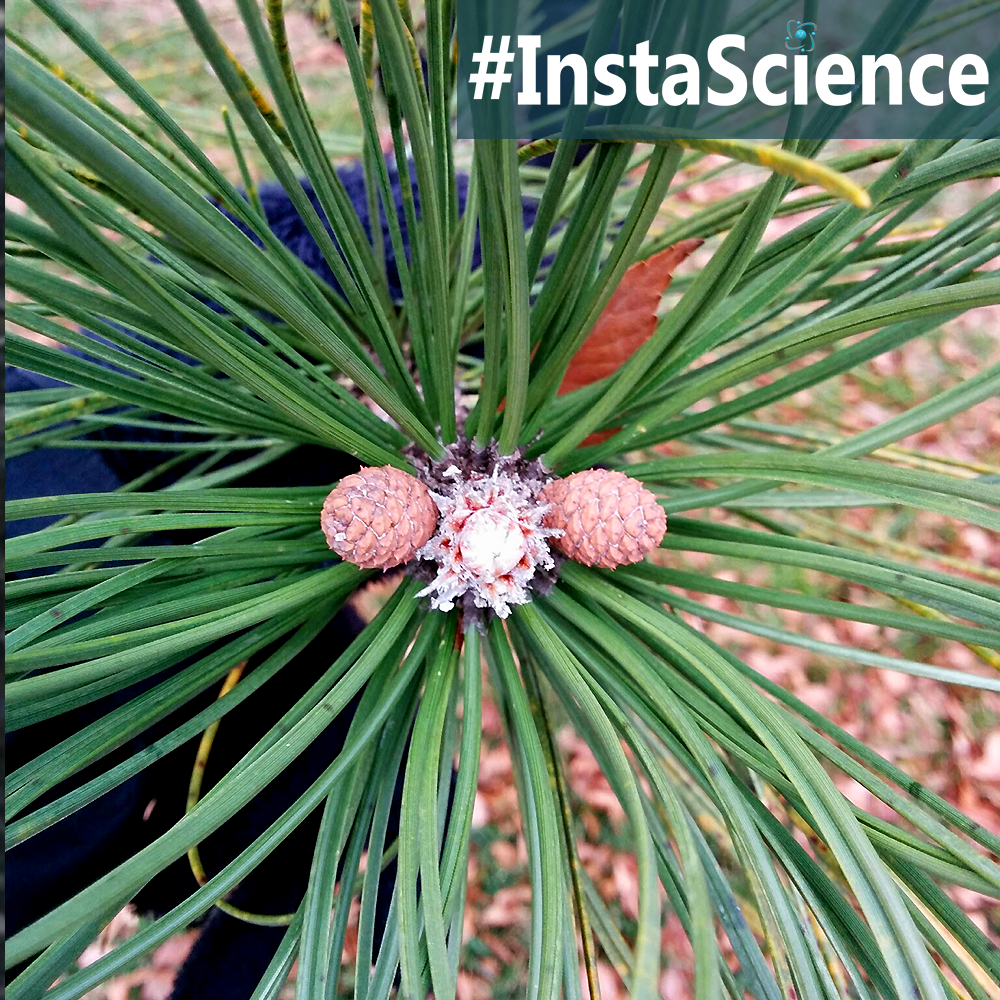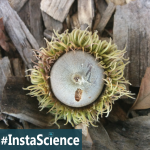
Every year, many of us welcome pine trees into our homes in the form of Christmas trees. These ornamented trees have been a part of holiday traditions all over the world and date back from the sixteenth century.
Pine trees are one of the oldest trees in the world – they live long to the age of one hundred years old or more! There are around thirty-five different types of these evergreen coniferous trees growing in North America.
Pines are called evergreens because their needles (or ‘leaves’) stay green all year long. The needles can last for up 2 years, but when the old needles fall, new ones quickly replace them. There are a variety of ways to identify different types of pine trees. One way is by determining the number of pine needles there are per bundle (formally known as fascicle).
Pines are part of a group of trees known as coniferous because they produce cones that contain seeds. These trees, like pines, spruces, and redwoods, are classified as gymnosperms because they reproduce by means of an exposed seed instead of one that is encased in a fleshy fruit.
Fun Fact – The Bristlecone Pine is the species of pine trees that lives the longest, some live to be over 5000 years old!
Teaching Science At Home
Want to learn more about pine trees? Check out the following articles:
- Types of Pine – Learn more about the different species of pine trees.
- Interesting Pine Facts – More facts about pine trees
- How to Identify Pines Trees {Video} – A short video on how to identify the different pine trees.
Related Homeschool Science Activities
Keep the learning going with these science activities!
- Identify your Pines – Head outside to find a few evergreen trees. Have the students make several observations as they record the needle length and how many needles are found in a bunch. Have them also make a rubbing of the bark and record some general observations about the texture and color. Then using an app like VTreeID or a field guide, using their observations to determine the species of tree you found.
- Nature’s Paintbrush – Find a small pine branch on the ground or clip a short one from a tree in your yard. Then, use the branch to create a winter scene on blue paper with white paint. You can stroke the pine needles across the paper like a paintbrush or stamp it to create a unique design!
Join the InstaScience community
Share your pics, get your questions answered, and stay up-to-date with the latest posts on our new Facebook page!





Join the Community!